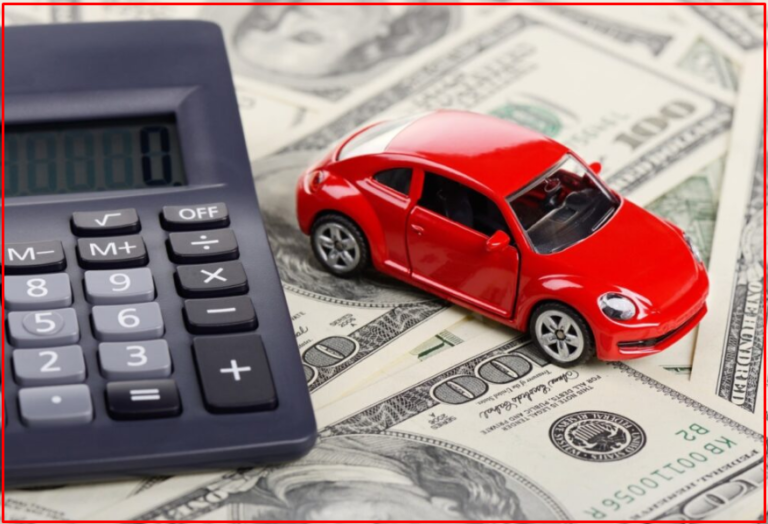Understanding American Auto Insurance Expenditure
For the majority of Americans, recognizing the indispensability of car insurance is coupled with the acknowledgment that it comes at a considerable cost. Beyond being a financial safety net in the event of accidents, the expense associated with auto insurance prompts a closer examination of how much individuals are actually allocating to this necessity. In this exploration, we delve into the average cost of car insurance in the United States, shedding light on contributing factors and the dynamic landscape of these expenses. Average Spending and Regional Disparities A recent study reveals that the average American driver dedicates $1,548 annually to car insurance.
Despite this seemingly high figure, it is noteworthy that it represents a decline from previous years. This decline is attributed to a positive trend – the increasing safety of vehicles on the road. Safer cars translate to fewer accidents and reduced demands for repairs, ultimately resulting in lower insurance rates.
However, when we examine the national average provided by the Insurance Information Institute, a figure of around $900 per year emerges. This stark difference emphasizes the considerable variations in auto insurance costs between states. States like Louisiana bear an average annual cost of $1,711, whereas residents of Maine enjoy a notably lower average of $728 per year. Crucial factors such as age, gender, driving history, and vehicle type significantly influence these disparities. High-Cost States in Focus Beyond the national averages, certain states stand out with notably higher auto insurance premiums.
The top five states with the most expensive car insurance rates are as follows: Louisiana: $2,499 per year Michigan: $2,013 per year Oklahoma: $1,874 per year Washington, D.C.: $1,862 per year Florida: $1,853 per year Understanding these regional differences is pivotal for residents seeking optimal financial planning. Impact of Teenage Drivers on Family Costs As the overall cost of car insurance continues to rise in the United States, families with teenage drivers experience an even more significant financial burden. While the average American family spends $926 annually on car insurance, the introduction of teenage drivers amplifies this cost to $1,721, signifying an 86% increase.
This surge is primarily attributed to the elevated risk associated with teenage drivers, resulting in higher premiums to mitigate this risk. States with the Most Affordable Car Insurance Contrary to high-cost states, certain states offer more affordable auto insurance rates. According to Zebra's 2018 State of Auto Insurance Report, Virginia, Ohio, Maine, New Hampshire, and Vermont boast the lowest average car insurance rates. In these states, drivers pay an average of $1,027 per year. Navigating the Landscape for the Best Deals Given the substantial sums spent on car insurance, it is imperative for consumers to actively seek ways to secure the most favorable deals.
Practical tips include: Shopping Around: Compare rates from various insurers to identify the most competitive offerings. Discount Inquiry: Inquire about available discounts, such as those for good driving records or insuring multiple cars under one policy. Adjusting Deductibles: Consider raising your deductible to potentially lower overall premium costs. Contemplating the Future of Affordable Driving.
As the cost of living escalates, a growing number of Americans find it challenging to keep pace with the escalating expenses associated with driving. Notably, car insurance emerges as one of the most substantial financial contributors to the overall cost of vehicle ownership. Factors such as rising healthcare costs, increased claims, and the expense of sophisticated car repairs collectively contribute to the mounting financial burden associated with car insurance.
This prompts contemplation about the affordability of continued driving for a significant segment of the population. For some, alternative transportation options may become a necessity, while others may be compelled to relinquish car ownership altogether. In a scenario where affordability becomes a pivotal concern, individuals who can afford to continue driving may find their premiums escalating even higher than the current considerable figures.







